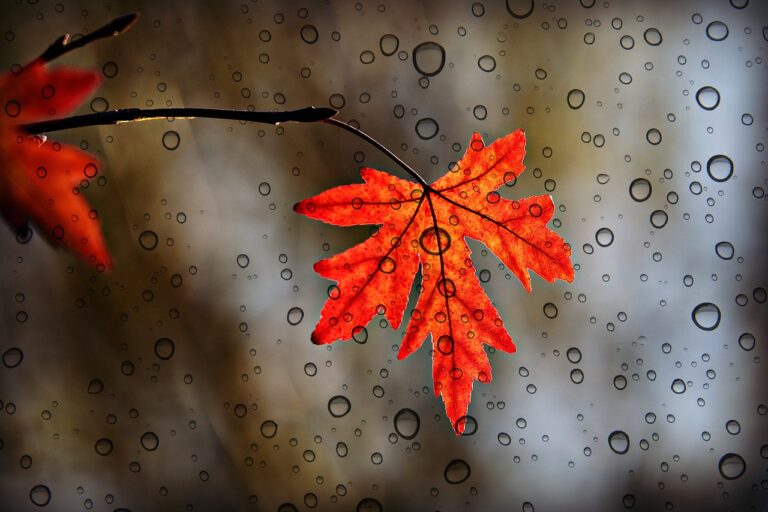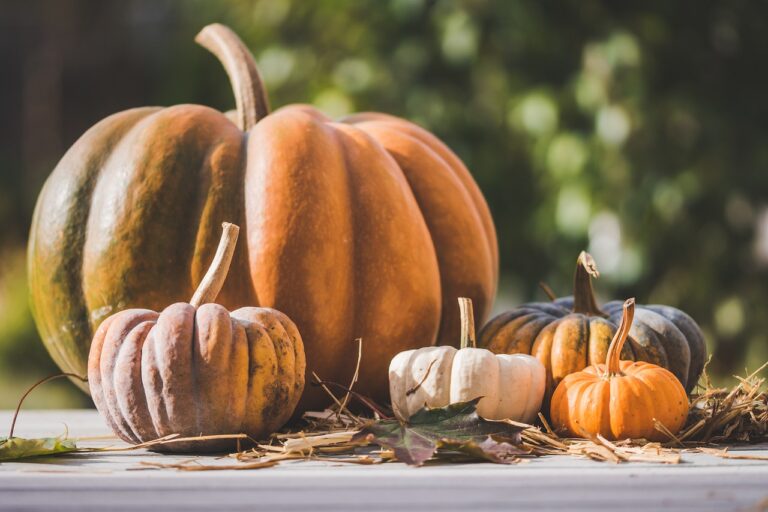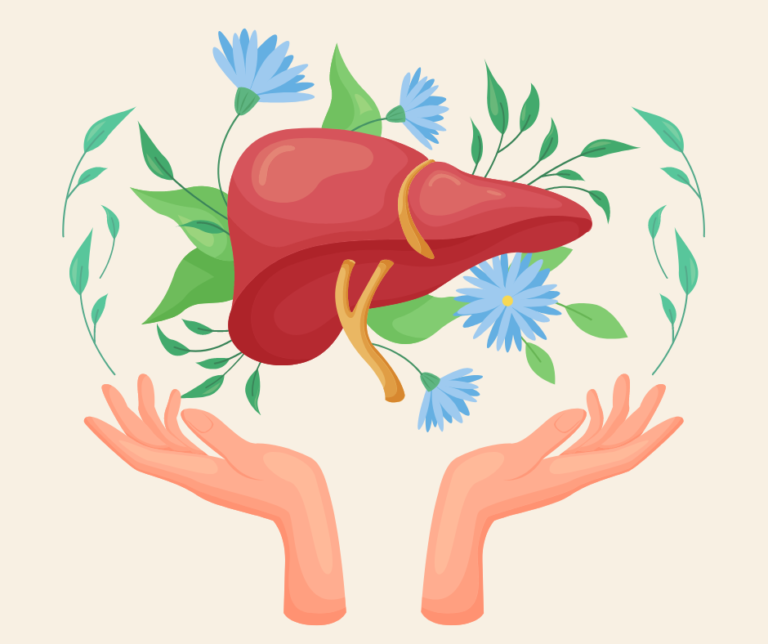
As I write this the autumnal (or fall) equinox is coming up, taking place this year on 22nd September here in the Northern hemisphere. I have written on transitioning into Autumn with the wisdom of Ayurveda previously (click the link below to read the article), however this post has more of an emphasis on cleansing at this time of year – specifically the liver.
Early autumn marks a transitional phase as we shift from the warmth of summer in the UK to cooler weather. In Ayurveda, this change from summer to autumn is called Ritu Sandhi, the period between seasons. This time can be sensitive for digestion due to fluctuating weather, which also impacts the doshas and our digestive strength.
By the end of summer, Pitta dosha (heat) may have accumulated in the body, leading to impurities that could cause imbalances in the cooler months if not addressed. Additionally, consuming cooling foods throughout summer may have increased Vata dosha (coldness, dryness).
Because of these factors, this transitional phase is an ideal time to gently cleanse and support your body. It is also naturally a time of cleansing for the body. Therefore the potential for us to fall sick is higher at this time so that the body can purge these accumulations and toxins from the system naturally.

Nutrition in late summer / early autumn: sweet, bitter, nourishing and moisturising. In order not to further irritate the increased Pitta, it is best to avoid all foods that are very sour, salty and spicy. Foods with a sweet and bitter taste in particular have a reducing effect on Pitta. As always, try to eat seasonally as much as possible and at this time take lighter meals that are cooked and easier to digest.
Pitta pacifying fruits and veggies in season at the moment are:- fresh figs, grapes, berries, leafy greens, artichokes, cucumbers, kale, and green beans. Just coming in now are apples, pears, squash and leeks. (If you are UK based).
This time of year is a good time to give extra love and support to the liver

A holistic liver cleanse focuses on naturally supporting the body’s ability to detoxify, restore balance, and promote optimal liver function. The liver is essential for filtering toxins, processing nutrients, and maintaining overall health. Over time, due to factors like poor diet, stress, and environmental pollutants, the liver can become overwhelmed and less efficient. Furthermore, women who are in peri menopause (the years leading up to menopause) may need extra liver support due to hormonal and age related changes that can affect their overall liver health (more on this soon).
A holistic approach aims to gently detoxify the liver through diet, lifestyle practices, and natural remedies.
- Dietary Support
– Eat Liver-Friendly Foods: Include plenty of fresh fruits and vegetables, especially those known to support liver health like leafy greens, beets, carrots, garlic, and cruciferous vegetables (broccoli, Brussels sprouts, cauliflower). These foods are rich in antioxidants and nutrients that assist in detoxification.
– Include Healthy Fats: Incorporate sources of omega-3 fatty acids such as flaxseeds, walnuts, and fatty fish, which reduce inflammation and support liver function.
– Hydration: Drink plenty of water throughout the day to flush out toxins. Herbal teas like dandelion root and milk thistle can also aid in liver detox.
- Herbal Remedies
– Milk Thistle: Known for its active ingredient, silymarin, milk thistle is a powerful herb that protects liver cells, aids in regeneration, and enhances detoxification.
– Turmeric: This anti-inflammatory spice helps in reducing liver inflammation and boosting the production of bile, which is crucial for breaking down toxins.
– Dandelion Root: A natural diuretic, it supports the liver in eliminating waste and boosts bile production, aiding digestion and detox.
- Detoxifying Lifestyle Practices
– Dry Brushing: Stimulate the lymphatic system and promote circulation with dry brushing before bathing. This practice helps remove toxins through the skin.
– Sweating and Exercise: Regular physical activity and sweating through saunas or exercise can help the body eliminate toxins.
– Deep Breathing and Meditation: Managing stress is crucial as chronic stress can burden the liver. Deep breathing exercises, yoga, and meditation promote relaxation and balance the body’s internal systems.
4. Avoiding Harmful Substances
– Limit Alcohol and Processed Foods: Alcohol and heavily processed foods are taxing on the liver. During a detox, it’s best to avoid them to allow the liver to regenerate.
– Reduce Exposure to Toxins: Whenever possible, avoid using chemical-laden household products, pesticides, and synthetic skincare products.
5. Fasting and Resting the Digestive System
– Intermittent Fasting: Giving your digestive system a break through intermittent fasting allows the liver to focus on detoxification and healing.
– Gentle Cleansing Diets: Consider short-term cleanses like a juice cleanse or a plant-based diet rich in antioxidants to reduce digestive load and give the liver a break.
6. Ayurvedic Cleansing Techniques
– Panchakarma: A traditional Ayurvedic detox program that includes oil massages, steam baths, and dietary adjustments to deeply cleanse the liver and other organs.
– Triphala: This Ayurvedic herbal blend is often used to support digestion, detoxification, and elimination, keeping the liver functioning smoothly.
– Castor Oil packs: This is a great way to help detoxify the liver, support optimised function, reduce inflammation and promote relaxation.
A holistic liver cleanse isn’t just about eliminating toxins but nurturing the body and supporting its natural detox pathways. By combining a balanced diet, liver-friendly herbs, stress management, and gentle detox practices, you can effectively cleanse and rejuvenate the liver while promoting overall well-being.
If you are interested in learning more, incorporating the wisdom of Ayurveda into your lifestyle, feel free to get in touch for more personalised guidance and support.

For more detailed information and to read the previous blog on transitioning from summer into autumn with the wisdom of Ayurveda, click the link below.
